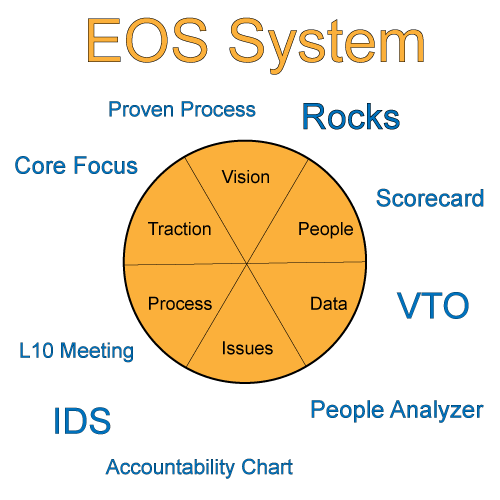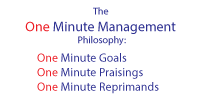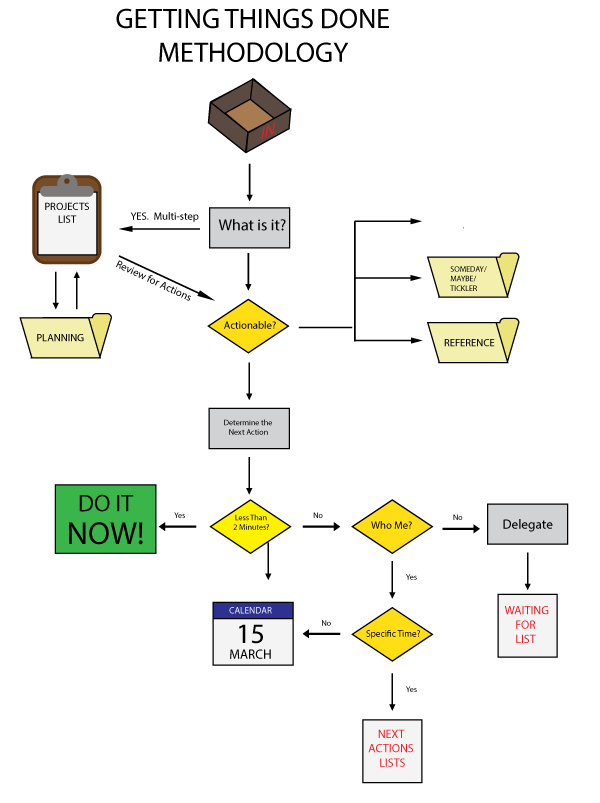Format: Hardback
Subject: Business Management
Rating: 8/10
Summary:
Traction is an instructional manual that documents the Entrepreneurial Operating System or EOS. EOS is designed to allow business leaders maintain traction toward the company’s vision. I actually read it the book in November 2015 as I prepared to start as CFO for Staley Inc. I thoroughly enjoyed the book and EOS process, and have since gone on to participate in local round tables on the EOS implementation process. I am convinced that I would be twice as successful as I am today if I had read this book ten years sooner.
The concept of Rocks would have been very beneficial to several of my colleagues in past jobs. The ability to prioritize efforts around a long-term vision is easy to understand. But many managers have a difficult time accepting that it means allowing other issues to fester until a later date.
Six Parts of the EOS System.
- Vision: Successful business owners have compelling visions for their organizations and diligently communicate those visions to ensure that everyone one in the organization has a clear image of where the company is going and how it is going to get there.
- People: Successful leaders surround themselves with great people. You can’t build a great company without great help.
- Data: The best leaders rely on a handful of metrics to help manage their business which frees you from the quagmire of managing personalities, egos, subjective issues, emotions.
- Issues: Issues are obstacles that must be faced to execute your vision. Just as an individual’s success is directly proportionate to his or her ability to solve any issues that arise, the same holds true for a company.
Issues should be documented on one of three list until they are resolved.
VTO Issues List: Issue that are not a priority for this quarter
Leadership Team Issues List: Tactical issues that must be solved this week or quarter, and that must be solved at the highest level in the company.
Departmental Issues List. All Tactical issues that live at the department level.
- Process: Processes are your way of doing business. Successful organizations see their way and constantly refine it. This is the most neglected of the Six Key Components.
- Traction: In the end, the most successful business leaders are the ones with traction. They execute well and they know how to bring focus, accountability and discipline to their organization.
Successful companies make use of the Vision, Traction, Organizer, or VTO:
- What are your core values?
- What is your core focus (also known as Vision Statement, Mission Statement, Sweet Spot…)?
- What is your 10-year target (or long-term strategy)?
- What is your marketing strategy?
- 3 Uniques
- Your Proven Process
- Your Guarantee
- Target Market
- What is your 3-year focus (short-term strategy)?
- One is your 1-year plan? (tactics)
- What are your quarterly rocks? Company Level
- What are your issues? Company Level
Accountability Chart: An organizational chart that lays out all of the positions in the company along with their Core Responsibilities
Right People in the Right Seats:
- Right People = Core Values + People Analyzer
- Right Seats = Unique Abilities + Accountability Chart
Rocks: Are short time priorities that help you achieve your vision. Establish the 3-7 most important priorities that must be done in the next 90 days. These priorities are called rocks. The company has rocks. The leadership team has rocks, and team members have rocks. The primary purpose is to help focus the organization, and to break the habit of trying to focus on everything at once.
L10 Meeting (Level 10): Meetings with a specific agenda that are held with the same people, in the same space, and at the same time each week:
L10 Agenda:
- Check-in
- Review Rocks
- Review Scorecard
- Announcements
- Issues Solving
- Score the Meeting



